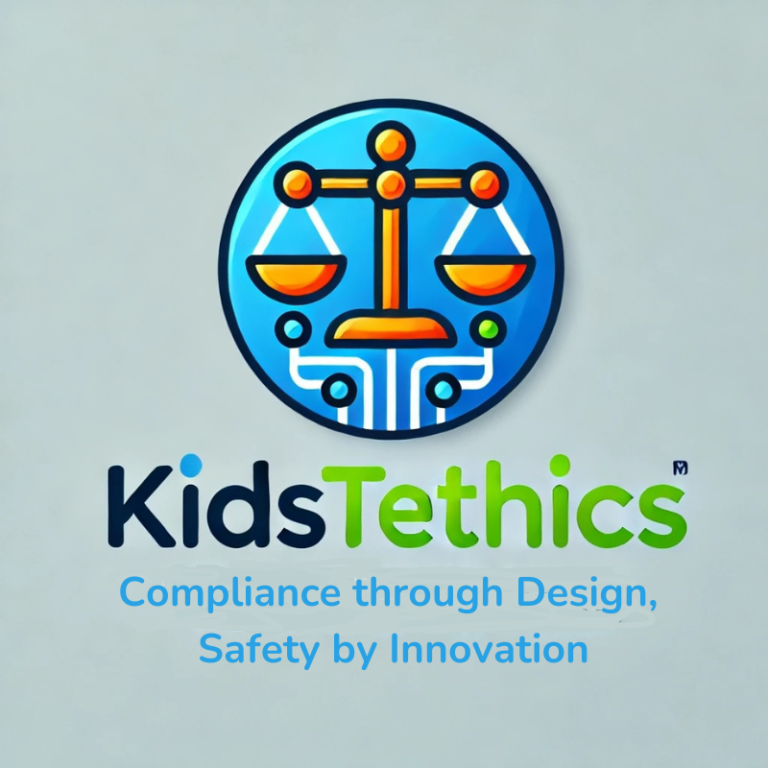The Guide to Building AI, Algorithmic, and Autonomous Systems Intended for, and Not for Children

Protecting children’s privacy in the digital realm is a pressing ethical obligation as AI, algorithms, and autonomous systems become increasingly pervasive.
I unpack the nuances of assessing whether these systems are likely to be accessed by children, as outlined in various kids codes. Businesses must carefully consider the following key factors:
- Directed to Children, but don’t let COPPA give you false security.
Determining if the online service, product, or feature is explicitly targeted or directed to children is crucial to comply with laws like Kids Codes. As defined by Children’s Online Privacy Protection Act (COPPA), children are defined as under 13. Businesses must carefully assess their content, design, and marketing strategies to ensure they are not appealing primarily to children under 18. This involves scrutinizing elements such as language, imagery, themes, and interactive features to ascertain whether they are likely to attract a younger audience. Conducting regular reviews of experts, sometimes other or in addition to your legal counsel, can help ensure compliance and mitigate the risk of inadvertently targeting children.
Mind the Gap: 13 through 18.
Legacy kids legislation focused on parental consent for those under 13. It required the parents permission to establish accounts, AND to solicite ads to kids. Kids Codes add a higher standard, one of Best Interests of the Child, and with several of the other criteria below, considerations must be given to that new age group. This is not hard work. It is not expensive to adjudicate, but it requires thought and a good faith process of ethical choice. Let’s continue onward…
2. Audience Composition: Evaluating whether a significant number of children routinely access the online service, product, or feature is essential for understanding the platform’s user base. By analyzing audience demographics through data analytics and market research, businesses can gain insights into their user profiles and identify any patterns indicating a sizable child audience. This information is invaluable for making informed decisions about content creation, advertising strategies, and privacy protection measures tailored to children’s needs.
3. Advertisement Targeting: Determining if the online service, product, or feature contains advertisements specifically marketed to children is crucial for ensuring compliance with advertising regulations and safeguarding children’s privacy. Businesses must review their advertising policies and partnerships to identify any ads that may be directed at children based on content, placement, or targeting criteria. Implementing strict guidelines for ad placement and content moderation can help prevent the exposure of children to potentially inappropriate or harmful advertisements.
4. Similarity to Child-Directed Content: Assessing if the online service, product, or feature is substantially similar or identical to another platform known to be accessed by children is vital for understanding the potential appeal to younger users. Businesses should compare their content, functionality, and user experience with popular platforms frequented by children to identify any similarities or overlaps. This analysis helps businesses anticipate the likelihood of attracting a child audience and tailor their strategies accordingly to ensure compliance with relevant regulations.
5. Internal Company Research: Analyzing internal research data to determine if a significant portion of the audience consists of children provides valuable insights into user behavior and preferences. By leveraging data analytics tools and conducting user surveys, businesses can gather information about the age demographics of their users and identify any trends indicating a substantial child presence. This data-driven approach enables businesses to tailor their content, features, and privacy policies to meet the specific needs of younger users while complying with regulatory requirements.
6. Business Knowledge: Considering whether the business knew or should have known that a significant number of users are children based on available data or observations is essential for demonstrating due diligence in compliance efforts. Businesses must stay vigilant and responsive to changes in user demographics, feedback, and market trends that may indicate increased child engagement. By fostering a culture of awareness and accountability within the organization, businesses can proactively address any concerns related to children’s privacy and take prompt action to mitigate risks.
7. Active and Knowing Engagement: Ensuring that the assessment does not involve collecting or processing personal data beyond what is reasonably necessary for a child’s active and knowing engagement is fundamental for protecting children’s privacy rights. Businesses must carefully evaluate their data collection practices and privacy policies to minimize the collection of unnecessary personal information from children. Implementing age-appropriate privacy settings, consent mechanisms, and parental controls can help empower children and their guardians to make informed choices about their online interactions while promoting a safer digital environment for all users.
By evaluating these factors, businesses can make informed decisions regarding the likelihood of their online services, products, or features being accessed by children and take appropriate measures to comply with regulatory requirements and safeguard children’s interests.
